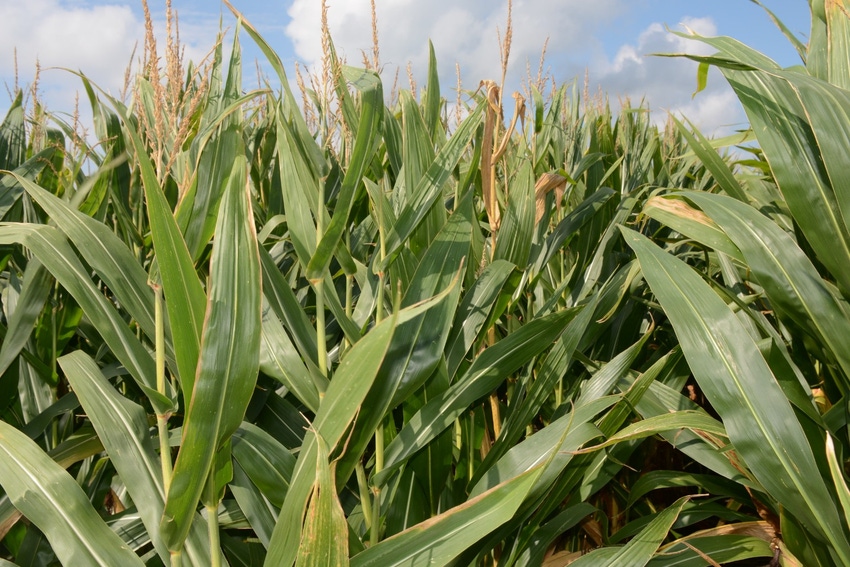
In corn production, it’s what you don’t see that most impacts yield.
“What is it we don’t see? We don’t see below the ground. We don’t see the microbes, the fungi, the earthworms, all these little creatures underneath the ground that are actually building the soil, building the relationship with that plant root that really help this corn function at a whole different level,” said North Carolina State University Extension Corn Specialist Ron Heiniger in a YouTube video from this year’s virtual Blackland Farm Managers Tour.
In the video, Heiniger outlined research in its second year in North Carolina examining the impact of bacteria and carbon on corn root development and yield. The goal is to enhance and feed the microbes in the soil to improve corn yield.
“How do these microbes function? They are just like you and me or many biological organisms such as corn, they function on temperature and water. As temperatures rise, as they get more moisture in the soil, they get more active. As temperatures cool down in the winter, they basically go dormant. As soil dries out their activity ceases,” Heiniger said.
The food source for these microbes is soil carbon. In one test, Heiniger and his team are feeding the microorganisms with liquid carbon. In the study, they applied one gallon of liquid carbon to the acre.
“The ears are ok. It doesn’t indicate to me that we made a huge difference here. We could compare with last year. Last year the liquid MST treatment was above the check or at least performed better than the check, but the carbon did not,” Heiniger noted.
Heiniger emphasized that early growth is vital for achieving improved root system and higher yields. He said early growth trumps all bacterial treatments and carbon applied to the corn crop.
In another YouTube video posted on the Corn Growers Association of North Carolina website, Heiniger emphasized the importance of starter fertilizer for healthier roots and better corn yields.
For starter fertilizer, Heiniger said “it’s all the P. It’s phosphorous. Phosphorous is a unique molecule because the plant has to expend energy to move it from the soil through the root membrane and into the plant.”
Phosphorous is vital for giving corn an early growth boost. “The key is concentration. Litter helps, but it doesn’t’ release enough phosphorous,” Heiniger said. Don’t skimp: $20 to $30 spent at planting time on a little phosphorous can be huge at harvest.”
Read more about:
YieldsAbout the Author(s)
You May Also Like






